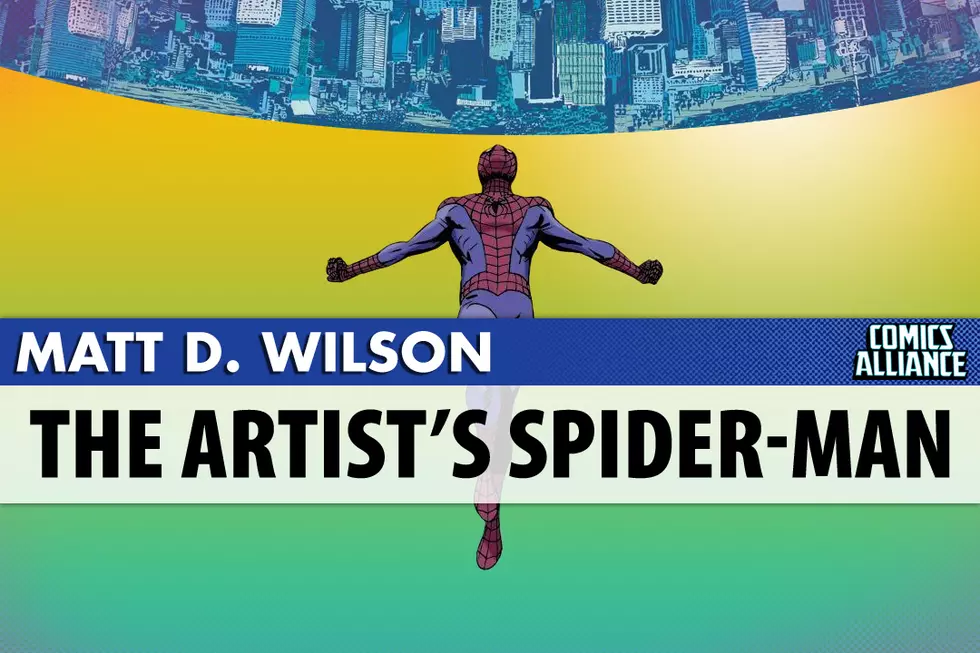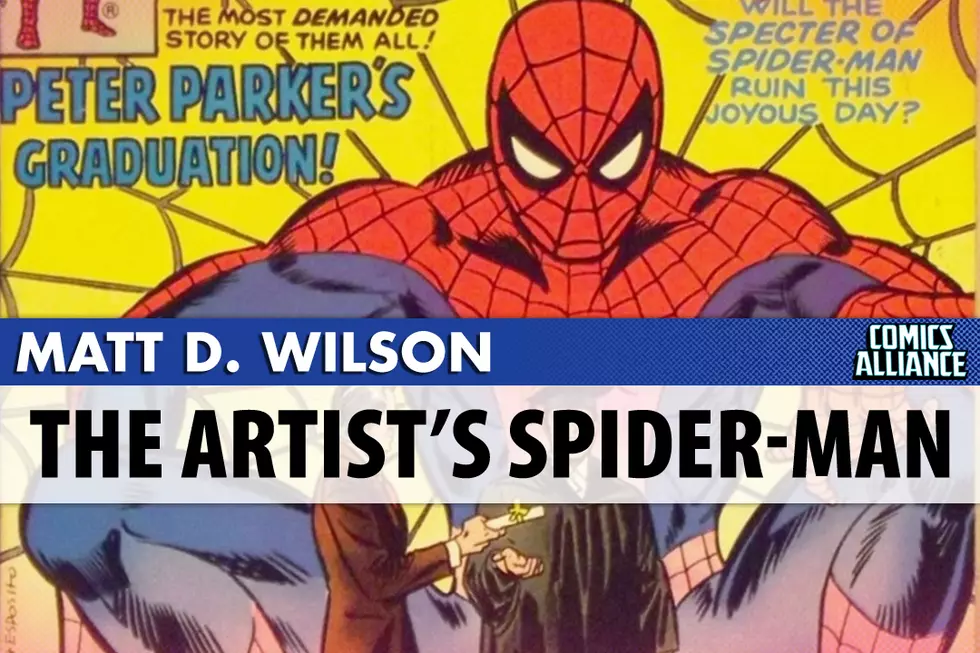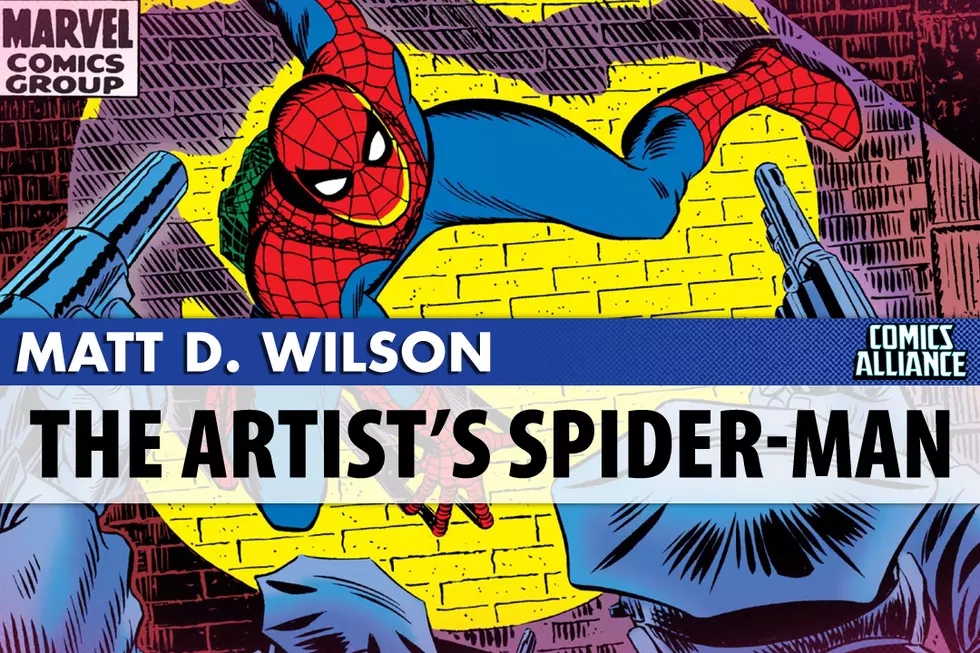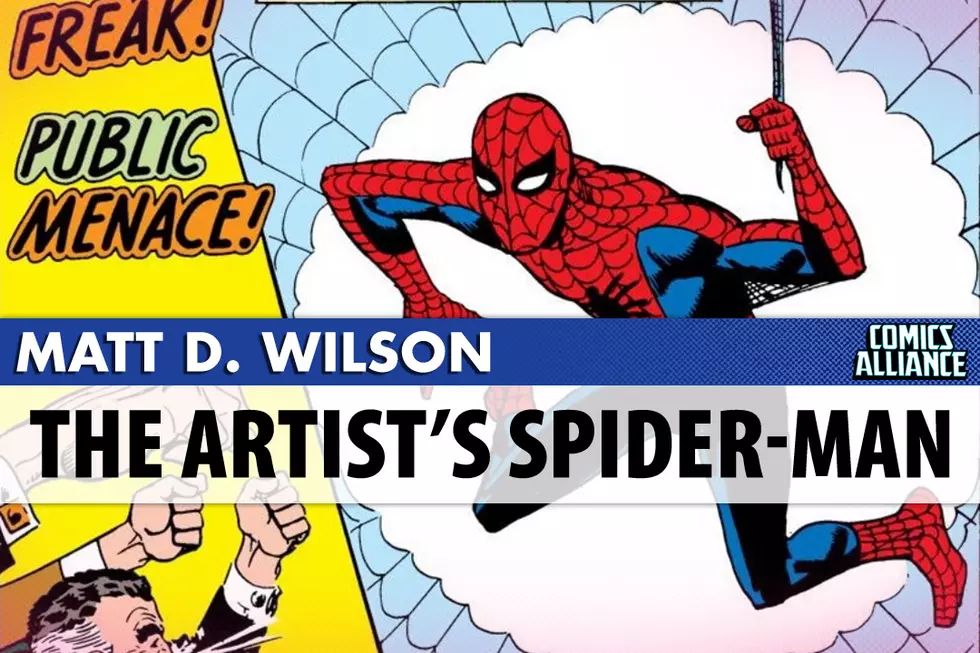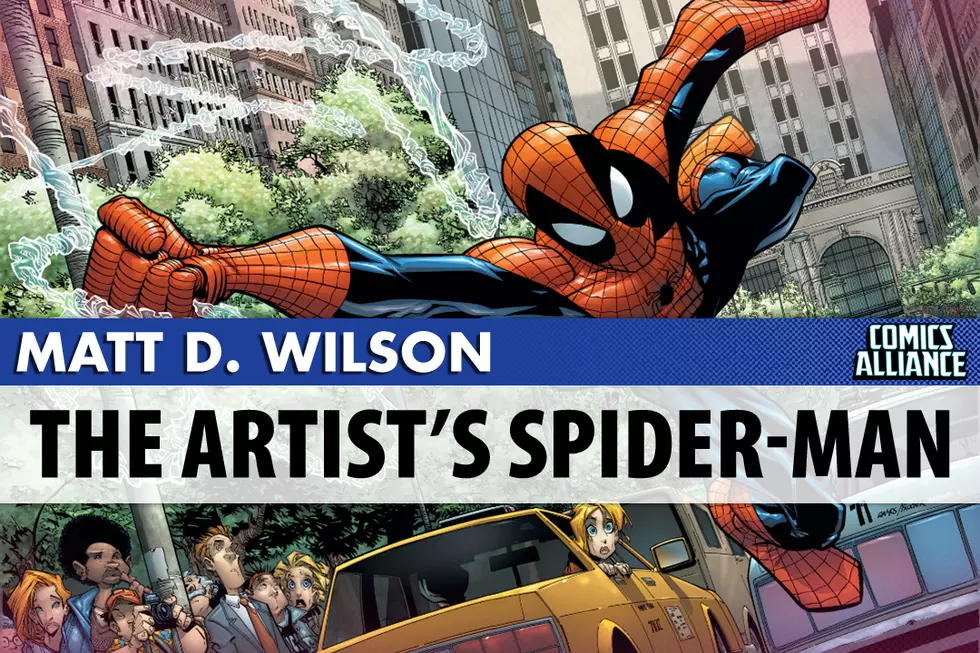
The Artist's Spider-Man: Humberto Ramos' Exuberant Exaggeration
Humberto Ramos has been a consistent presence on the Spider-Man titles for the past 14 years or so, but he actually came to the character nearly a decade into his career.
Before tackling Spidey, Ramos worked on Milestone books, including Hardware, and numerous books for DC Comics, most notably a two-year run on Impulse with writer Mark Waid. Then he moved onto Wildstorm and helped found the Cliffhanger publishing imprint, where he produced 24 issues of his creator-owned comic Crimson with writer Brian Augustyn. It wasn't until 2002 that Ramos worked on a Spider-book.

